I’ve Discovered 9 Places Where Local Life Feels Authentic + 4 That Felt Like Tourist Traps

Traveling the world has taught me one thing: not all destinations deliver the same kind of magic. Some places invite you into their heartbeat — where morning markets buzz, locals share stories over coffee, and you feel like part of the scenery instead of a visitor looking in.
Others hand you a glossy brochure version of themselves, polished for the crowds but stripped of real soul. After years on the road, here’s my brutally honest take on which places offer true local experiences — and which ones feel more like overpriced photo ops.
1. Kyoto’s Hidden Alleyways
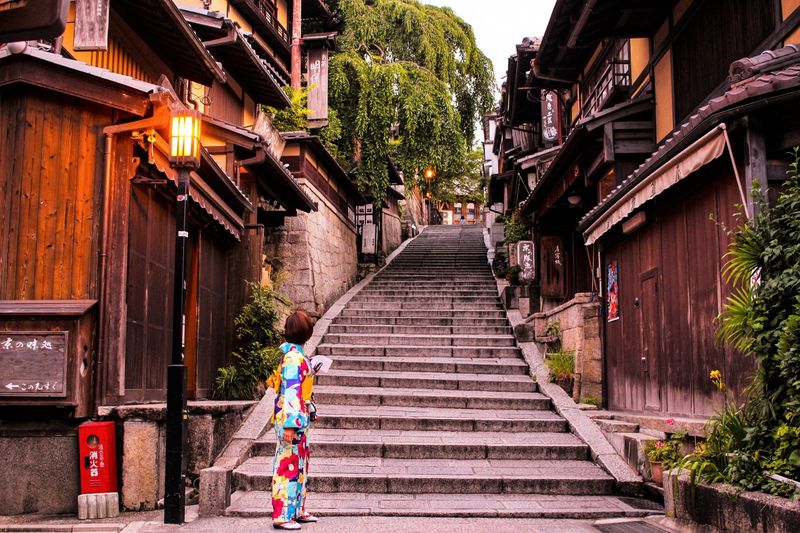
Wandering through narrow passages lined with traditional wooden houses feels like stepping into Japan’s soul. Kyoto’s backstreets offer glimpses of everyday life that most tourists miss.
Local shopkeepers arrange seasonal flowers outside their centuries-old storefronts. You might stumble upon an elderly craftsman creating bamboo baskets or catch the aroma of home-cooked meals wafting from tiny restaurants with just five seats.
2. Bologna’s Food Markets
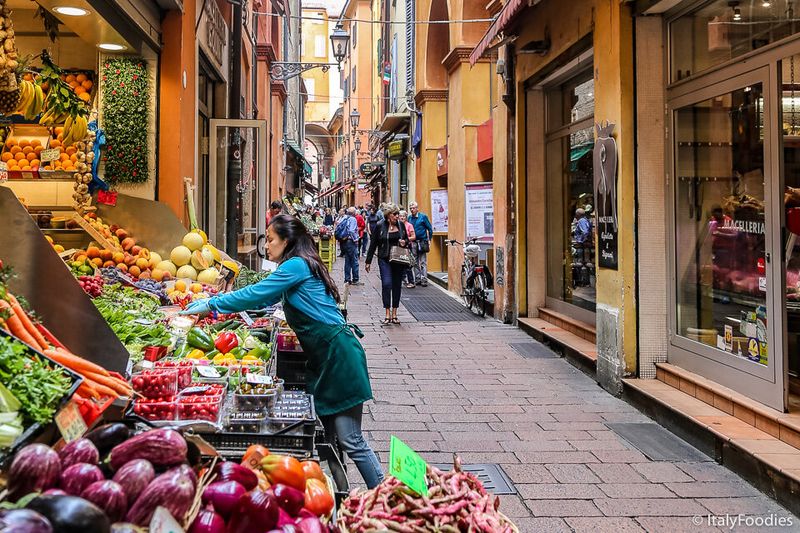
Morning conversations flow as freely as coffee in these bustling markets. Unlike Italy’s tourist hotspots, Bologna remains refreshingly authentic.
The city’s markets showcase generations of food tradition where locals debate the ripeness of pears and the aging of cheeses. Vendors remember regular customers by name, often slipping them an extra slice of mortadella or suggesting the perfect wine to pair with tonight’s dinner.
3. Hanoi’s Old Quarter Mornings
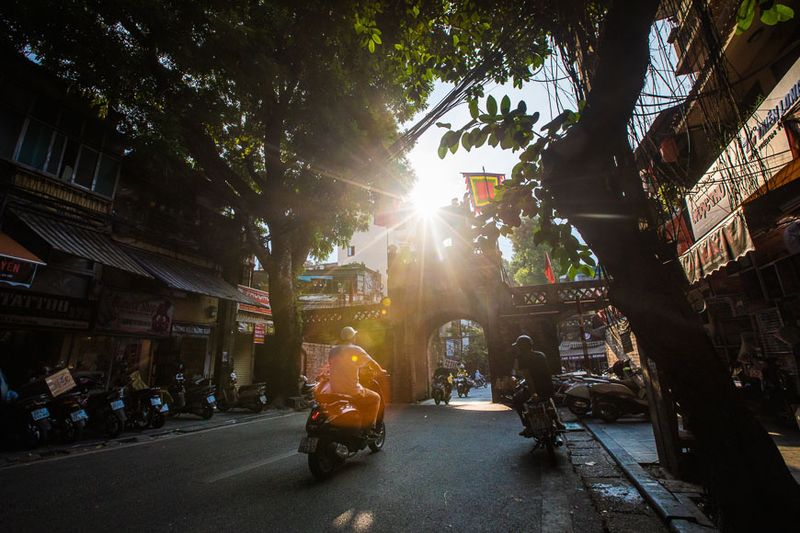
Before sunrise, the streets transform into a symphony of daily rituals. The Old Quarter reveals Vietnam at its most genuine when tourists are still sleeping.
Elderly residents practice tai chi alongside the lake while street vendors set up steaming pots of phở. Motorcycles zip by carrying impossible loads – flowers, live chickens, or entire families. The morning rhythm unfolds organically, unchanged for generations despite the tourism boom.
4. Mexico City’s Coyoacán District
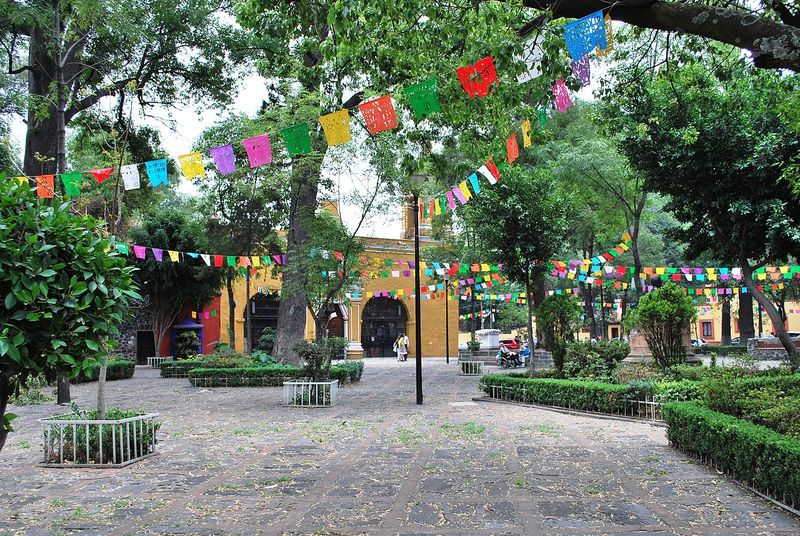
Centuries-old plazas buzz with weekend energy far from resort-style tourism. This historic neighborhood preserves Mexican traditions without the commercial overlay found elsewhere.
Families gather around fountain-centered squares while musicians play for tips. Coyoacán’s cobblestone streets lead to hidden courtyards where locals sip mezcal under bougainvillea. The district balances its Frida Kahlo fame with everyday Mexican life that continues regardless of who’s watching.
5. Lisbon’s Alfama Neighborhood
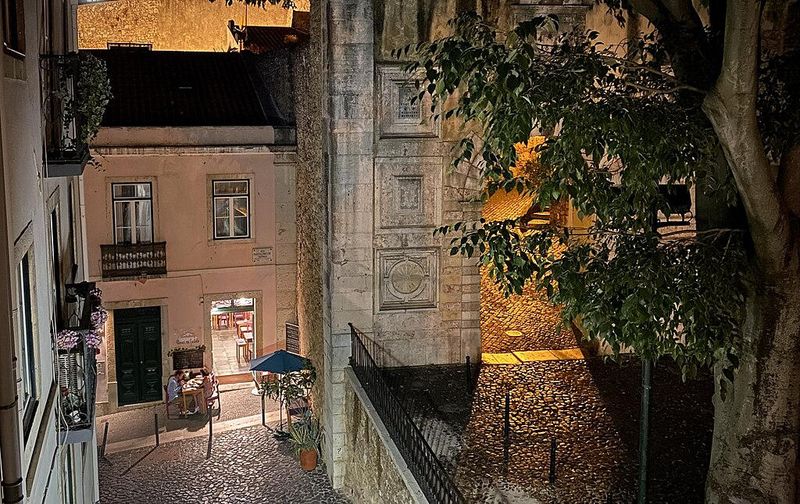
Laundry flutters from wrought-iron balconies while fado music escapes through open windows. The oldest district in Portugal’s capital maintains its working-class roots despite growing tourism.
Elderly residents still gather on stone steps to discuss neighborhood gossip. Alfama’s narrow streets wind uphill past tiny bars where locals stand drinking ginjinha. The quarter survived the devastating 1755 earthquake, and that resilience remains evident in its people today.
6. Georgetown, Penang’s Street Life

Aromas of sizzling satay and spicy laksa drift through streets where multiple cultures have blended for centuries. This Malaysian UNESCO site balances preservation with authentic daily life.
Chinese shophouses operate as they have for generations, with families living above their businesses. Georgetown’s vibrant street art complements rather than commercializes the setting. Morning markets buzz with multilingual haggling while temples, mosques, and churches coexist within blocks of each other.
7. Rural Villages In Georgia’s Kakheti Region

Toasting traditions continue unchanged in stone houses where wine-making methods date back 8,000 years. Georgia’s easternmost region offers genuine hospitality rarely found elsewhere.
Families invite passing strangers to share homemade wine from clay qvevri buried underground. Kakheti’s villages operate on agricultural rhythms, with grape harvests becoming community celebrations. Grandmothers still make khachapuri bread in tone ovens while telling stories that connect present to past.
8. Tokyo’s Yanaka District
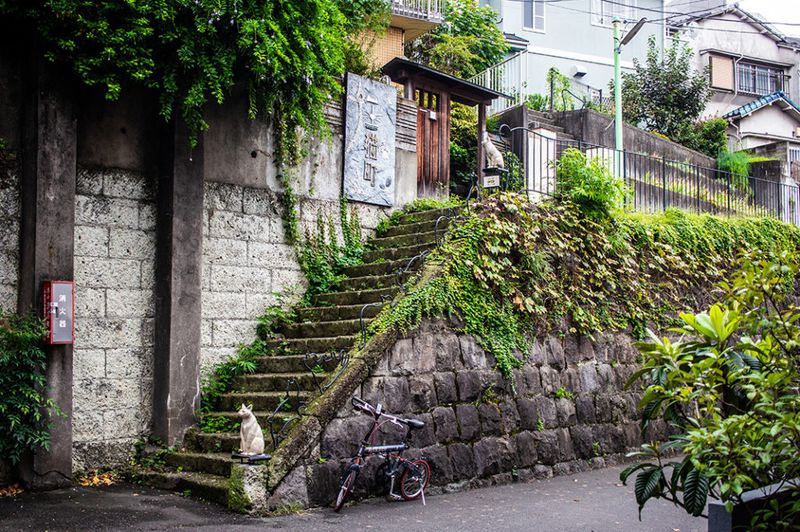
Cat-friendly streets lined with traditional shops feel worlds away from neon-lit stereotypes of Japan’s capital. This preserved neighborhood survived both earthquakes and war bombings. Yanaka’s cemetery-adjacent location kept developers away, allowing old Tokyo to survive here.
Craftspeople continue making paper, brushes, and ceramics using techniques passed through generations. The area’s famous feline residents lounge in sunny spots while locals shop for pickles and rice crackers from decades-old family businesses.
9. Oaxaca City’s Markets And Workshops
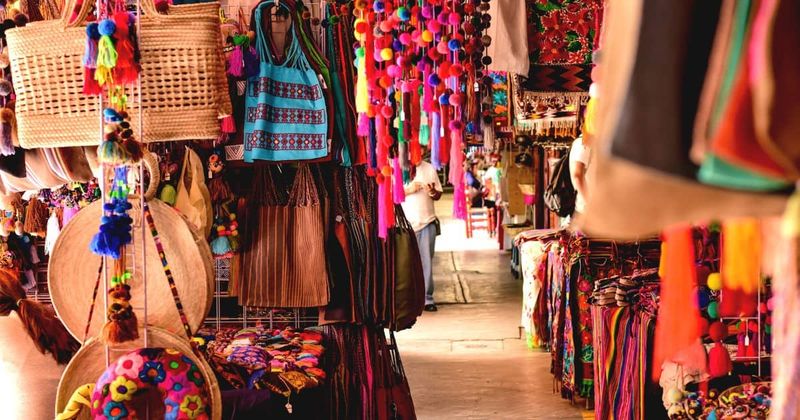
Vibrant textile traditions and complex mole recipes reveal Mexico beyond the resort experience. This southern city maintains indigenous cultural practices that have nearly disappeared elsewhere. Artisans work in open workshops where you can watch alebrije figurines being carved and painted.
Oaxaca’s markets overflow with chapulines (grasshoppers), dozens of mole varieties, and handwoven textiles. Zapotec and Mixtec languages mix with Spanish in streets where pre-Hispanic traditions blend with colonial architecture.
10. Venice’s Touristy Grand Canal
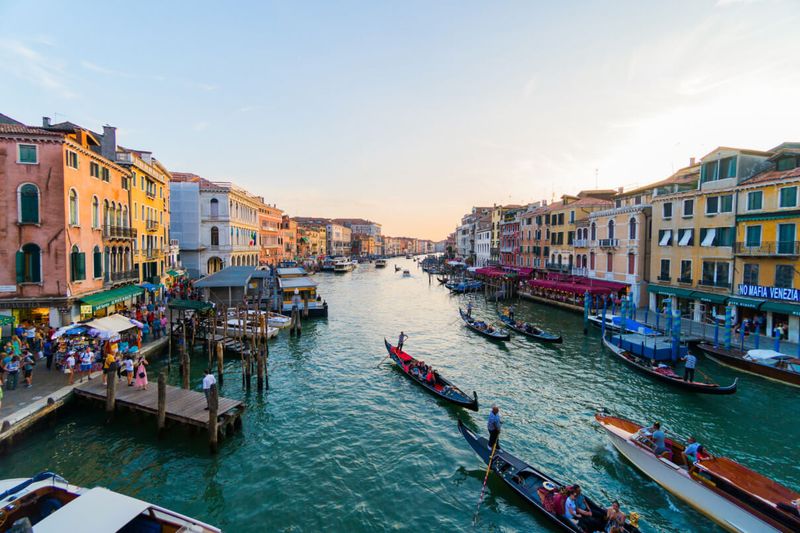
Gondolas packed with selfie-taking visitors create floating traffic jams along waterways. Venice tops my list of places where authenticity drowns beneath tourism’s weight. The city’s main thoroughfares have become open-air shopping malls selling mass-produced “Venetian” masks made in China.
Restaurant hosts aggressively beckon with tourist menus featuring photos of pasta. Finding actual Venetians becomes a challenge in central areas where cruise ship crowds create human gridlock during peak seasons.
11. Cancun’s Hotel Zone
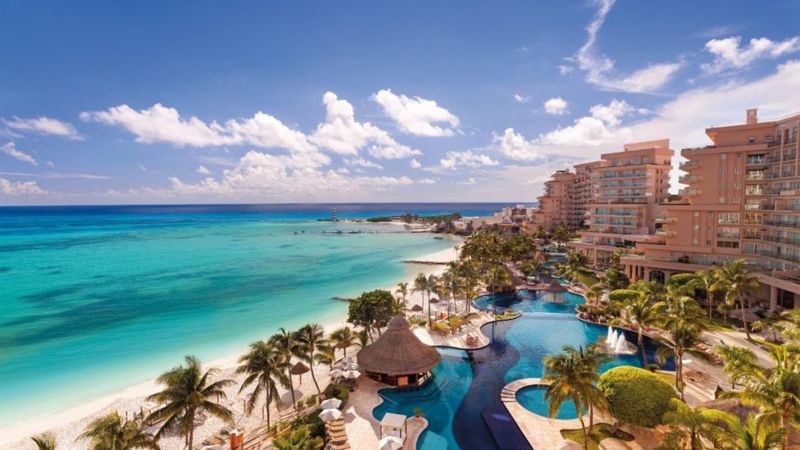
Manufactured experiences replace genuine Mexican culture along this artificial strip. The Hotel Zone represents tourism development at its most disconnected from local reality. All-inclusive resorts create bubbles where visitors experience a sanitized version of Mexico.
Cancun’s beaches host staged “authentic” performances while staff members are trained to deliver a specific brand of hospitality. The contrast with nearby Yucatán communities couldn’t be more striking in this purpose-built tourism machine.
12. Bali’s Kuta Beach Area
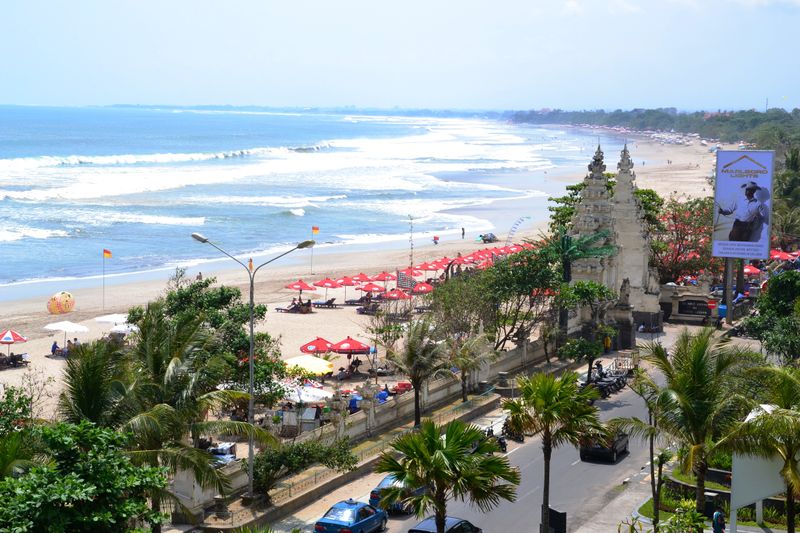
Australian accents outnumber Indonesian ones in this party-focused beachfront district. Kuta presents a commercialized version of Balinese culture tailored for quick consumption. Streets overflow with identical souvenir shops selling mass-produced “handicrafts.”
Kuta’s bars advertise cheap drinks while club promoters aggressively approach passersby. Traditional ceremonies become photo opportunities for sunburned tourists who rarely venture beyond this manufactured version of Indonesia’s most famous island.
13. Prague’s Old Town Square
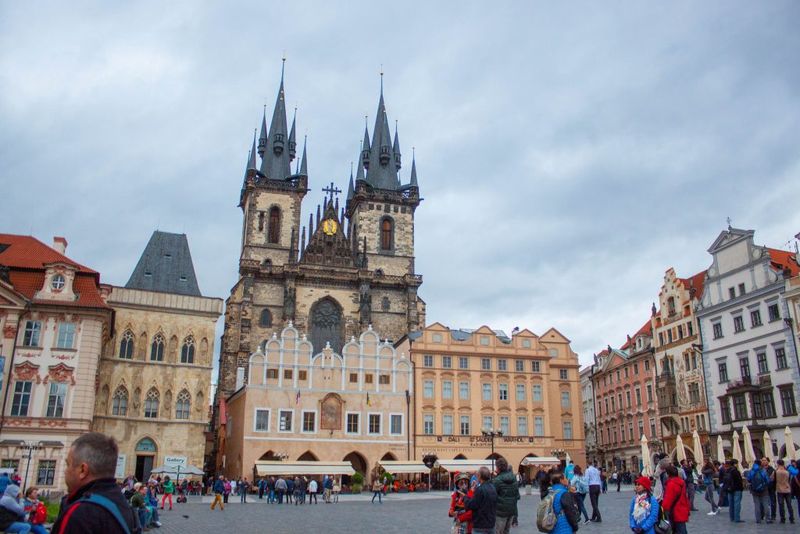
Astronomical clock viewings create human gridlock in what feels like a medieval theme park. Prague’s historic center has sacrificed authenticity for tourism dollars. Restaurants surrounding the square serve overpriced, mediocre food with “traditional Czech” labels.
Souvenir shops occupy buildings where locals once lived, selling identical trinkets in what has become an outdoor shopping mall. The beautiful architecture remains, but the authentic culture has largely relocated to other neighborhoods.
